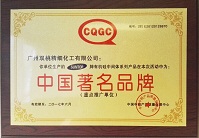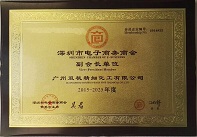
![]() E-mail: admin@gz-chemical.com
E-mail: admin@gz-chemical.com
Email us,best price and silane solutions for you!
Tel:+86 (20) 29035969

![]() E-mail: admin@gz-chemical.com
E-mail: admin@gz-chemical.com
Email us,best price and silane solutions for you!
Tel:+86 (20) 29035969


Advances in organic phosphorescent materials are opening new opportunities for organic
light-emitting diodes for combined electronics and light applications, including solar cells,
photodiodes, optical fibers and lasers.
While low-dimensional luminescent materials, like the calcium titanium oxide mineral
perovskite, have promising optical properties, their performance remains insufficient com
pared to conventional organic LEDs. A recent study, published in this week's Applied Physics
Reviews, explores a new approach using an exciton confinement effect to optimize highly
efficient perovskite LEDs.
To achieve an efficient electroluminescent device, it must have a high photoluminescence
quantum yield emission layer, efficient electron hole injection and transport layers, and high
light out-coupling efficiency. With each new advance in emission layer material, new functional
materials are required to realize a more efficient LED. To accomplish this goal, the authors of
the study explored the performance of an amorphous zinc-silica-oxide system layered with
perovskite crystals to improve the diode performance.
"We think that many people [are] too focused on an emission layer," said Hideo Hosono,
corresponding author on the study. "For a device, all layers are equally important since each
layer has a different [but] crucial role."
Guangzhou Double Peach Fine Chemical Co.,Ltd
Address: No 3401 Huangpu East Road, Huangpu District, Guangzhou, China
Tel:+86 (20) 29035969 Fax:+86(20)29035979
Tel/Wechat/Whatsapp:0086 13826126978 admin@gz-chemical.com